Overview: T-M57 Vacuum Cleaner DIY Learning Kit
The T-M57 Vacuum Cleaner DIY Learning Kit is a hands-on STEM project that lets learners build a functional mini vacuum cleaner. The kit demonstrates principles of air pressure, suction, motor-driven airflow, and basic electrical circuits through practical assembly and testing.
Key Learning Outcomes
- Understand air pressure and how suction is created by a fan-driven airflow
- Explore basic electrical energy conversion using a DC motor
- Apply simple mechanical design and assembly skills
- Observe fluid dynamics concepts in a real-world cleaning device
Features and Benefits of the T-M57 Vacuum Cleaner DIY Learning Kit
- Build a working vacuum cleaner: Demonstrates suction, airflow paths, and particle pickup.
- STEM education value: Covers physics, electronics, and engineering fundamentals in a single project.
- Motorized operation: Small DC motor with fan blade provides real suction power for demonstrations.
- Easy assembly: Pre-cut parts, clear connectors, and illustrated instructions make it beginner-friendly.
- Durable and reusable: Constructed from sturdy materials for repeat experiments and classroom use.
What the Package Includes
- Mini DC motor with fan blade
- Vacuum chamber or body components
- Dust filter or mesh screen
- Suction tube and nozzle
- Battery holder, wires, switch, and connectors
- Assembly screws and hardware
- Instruction manual and assembly guide
Specifications
- Power supply: 3V to 6V DC (battery-operated)
- Motor type: Mini DC motor with fan mechanism
- Materials: Plastic or wood components with a lightweight body design
- Assembly type: DIY kit (unassembled)
- Skill level: Beginner to intermediate
- Learning focus: Air pressure, fluid dynamics, mechanical design, and electronics
Educational Applications and Project Ideas
- Classroom demonstrations of air pressure and suction for physics lessons
- Science fair projects comparing nozzle shapes, fan speeds, or filter types
- Hands-on labs exploring the relationship between motor voltage and suction power
- Collaborative engineering challenges to optimize airflow and particle pickup
Assembly, Safety, and Best Practices
- Follow the step-by-step manual to ensure correct wiring and mechanical assembly
- Use recommended batteries and verify polarity before powering the motor
- Keep hair, loose clothing, and fingers away from the spinning fan blade during operation
- Inspect the filter regularly and clean or replace it to maintain performance
Tips for Instructors and Parents
- Use guided worksheets to reinforce concepts like pressure difference and energy conversion
- Run controlled experiments changing one variable at a time (for example, voltage or nozzle size)
- Encourage students to document their design iterations and results
Note: Images are for Illustration Purposes Only.

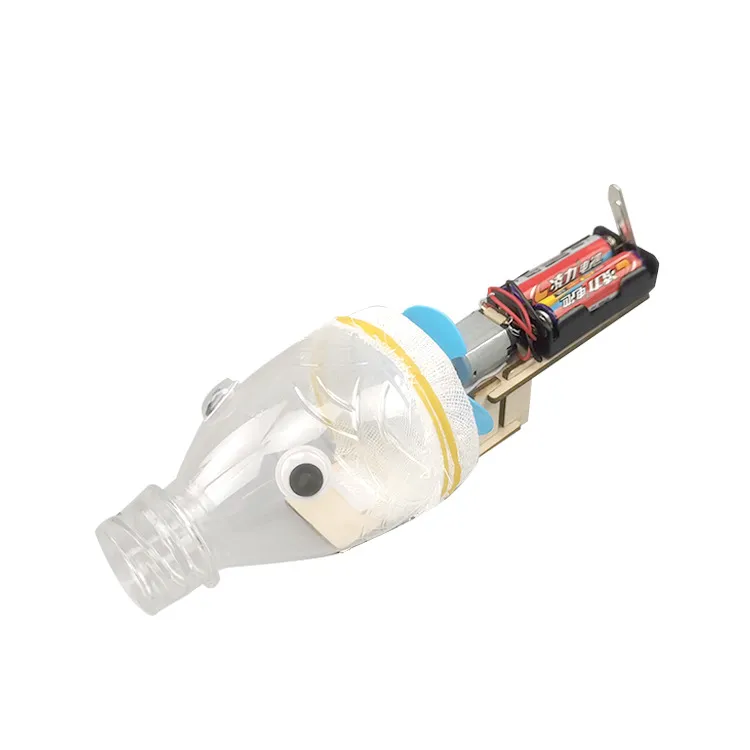


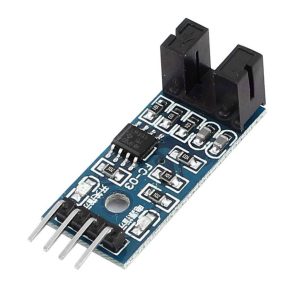
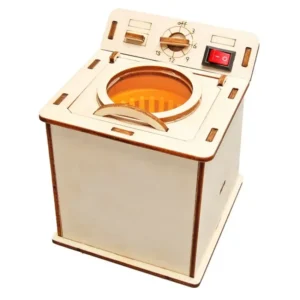
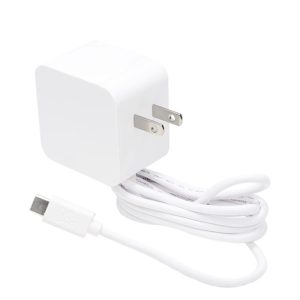
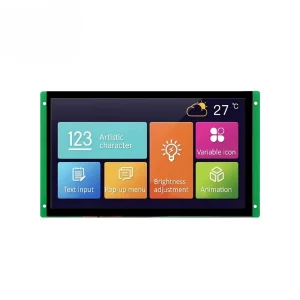
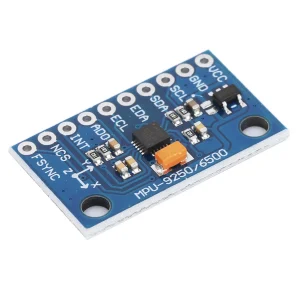


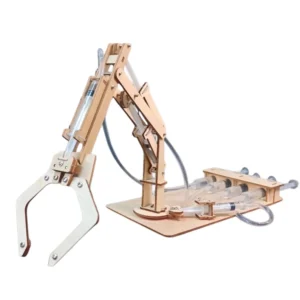
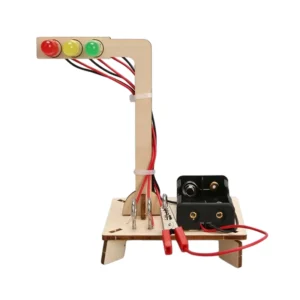

Reviews
There are no reviews yet